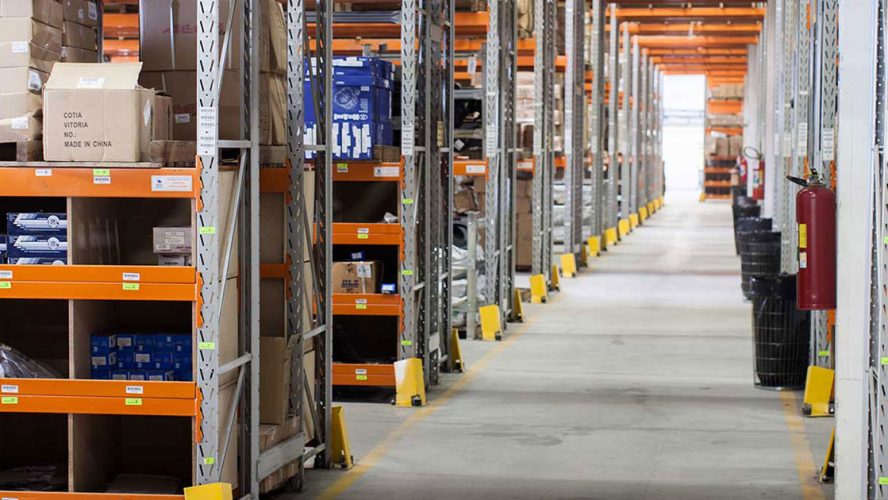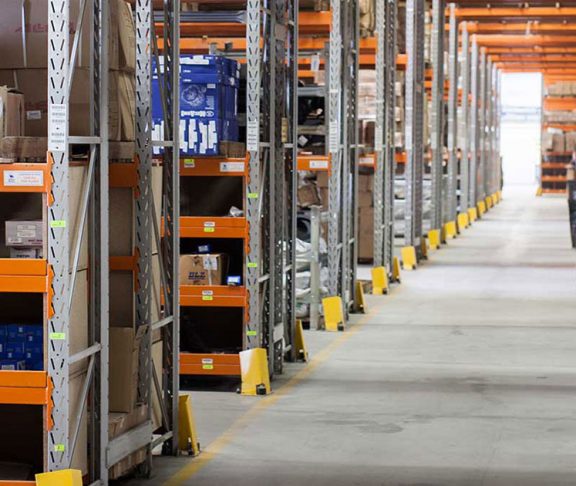Scott Tupper, CEO of Yave, a blockchain platform, and Kellen Betts, CEO of Predictive Chain, a supply chain startup, share their insights on the positive business effects of new technologies.

Scott Tupper
CEO, Yave
What can blockchain specifically do for your supply chain that other technologies cannot do?
Blockchain is a cooperative technology by architecture. It requires networks, often of strangers, to validate transactions. We’re discovering value where we didn’t see it before, and uncovering inefficiencies that had been hiding in the dark.
What advice do you have for companies considering adopting blockchain tech? Does artificial intelligence possess the same adoption barriers?
Many blockchain companies speak of super-vigilance for supply chain, transparency and accountability — but they fail to communicate how these characteristics help prospective clients’ businesses build value.
What can companies do to correctly evaluate and prepare for technological updating?
Don’t wait, get involved. Innovation is a moving train and the longer you wait to hop on the harder it is to grab hold.
What future uses (not already seen today) do you envision for these technologies?
In the case of blockchain, we want cooperatives to have decentralized governance and reporting to their stakeholders. This level of accountability can be a big corruption killer.

Kellen Betts
CEO, Predictive Chain
What are some examples of more effective implementation of AI compared to blockchain?
One of my favorite examples is the warehouse technologies created by Ocado, the British supermarket. Their warehouses are filled with thousands of nearly identical robots which perform relatively simple tasks such as moving or lifting. The algorithm which controls them stores the massive inventory needed to fill online grocery orders. The speed, modularity and scalability of this system are impressive.
What can companies do to correctly evaluate and prepare for technological updating?
The analogy of a moving train for both blockchain and AI technologies is a good one. Automation and intelligent systems are here, and while they still have a long way to go before companies will see opportunities in many parts of their business, the time to start preparing for these technologies is now.
What future uses (not already seen today) do you envision for these technologies?
Amazon, UPS, JD.com and other companies have received a lot of press for the drones they are developing, but these projects are still early in development. That said, the drones are coming. It will not be long before drones start showing up at our doors, wirelessly activating our doorbell and leaving packages on our doorsteps.
Is there any initiative you’ve seen that has blown you away?
One of the most impressive applications of drone technology is the work being done a company called Zipline. They are delivering blood and life-saving medications to remote areas in Rwanda. Their drones are deployed from centralized warehouses and travel over 50 miles autonomously, delivering critical cargo in minutes to areas that would normally take hours to access by other means. The company has partnered with the government of Rwanda and is now delivering over 20 percent of Rwanda’s blood supply outside of the capital city, Kigali.

